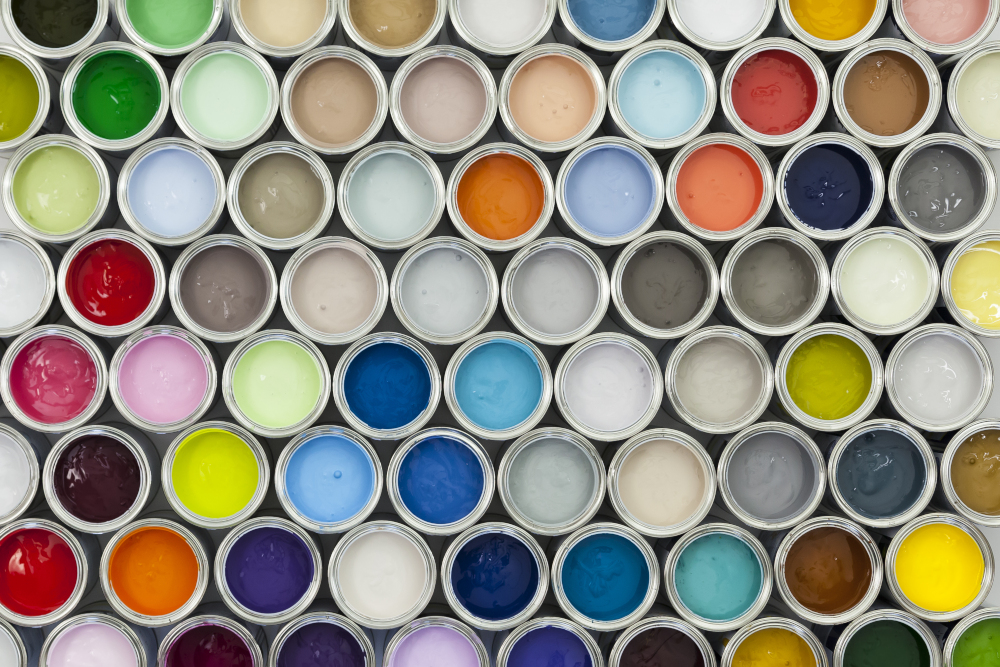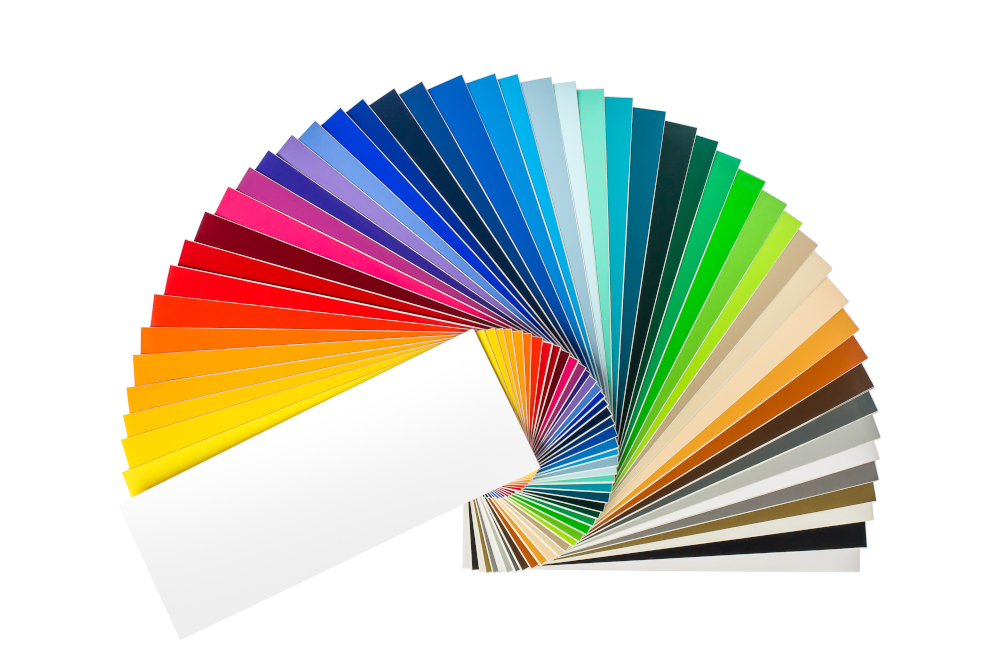
The Power of Colour Psychology – Transform Your Home with Mood-Boosting Colours
In a world filled with constant stimuli and demands on our attention, it’s no wonder that our surroundings can significantly impact our mood and well-being. One often overlooked but powerful influencer of our emotions is colour.
The field of colour psychology explores how different colours can evoke various feelings and reactions in people. By understanding these principles, we can harness the power of colour to create uplifting and harmonious environments in our homes.
The Psychology of Colour: A Brief Overview

Colour psychology delves into the emotional and psychological effects that colours have on individuals. While colour preferences can be subjective and influenced by cultural and personal factors, certain general trends emerge:
Blue:
Blue is often associated with tranquillity, calmness, and serenity. It can help reduce stress and anxiety, making it an ideal choice for bedrooms or spaces dedicated to relaxation.
Yellow:
Yellow radiates positivity, energy, and happiness. It can boost creativity and optimism, making it a great addition to home offices or areas where you want to inspire productivity.
Green:
The colour of nature, green, represents growth, renewal, and harmony. It’s an excellent choice for creating a soothing atmosphere in living rooms or areas where you want to foster a sense of balance.
Red:
A bold and passionate colour, red can increase energy and excitement. It’s perfect for spaces where you want to stimulate conversation and social interaction, such as dining rooms.
Purple:
Often associated with luxury and creativity, purple can evoke a sense of sophistication and inspiration. It’s a versatile colour that can be used in various home decor elements.
Orange:
Orange is an energetic and enthusiastic colour that can stimulate activity and socialisation. It’s a great choice for kitchens or exercise rooms.
Incorporating Uplifting Colours into Home Decor

Now that we’ve explored the emotional impact of different colours let’s discuss how to incorporate them into your home decor to create uplifting and harmonious spaces.
Choose a Colour Scheme:
Start by selecting a colour scheme that resonates with your desired mood for each room. You can use a dominant colour with accents of other complementary shades to create depth and balance.
Painting Walls:
One of the most effective ways to introduce colour is through paint. Consider painting an accent wall in a bold, mood-boosting colour while keeping the other walls neutral. This adds vibrancy without overwhelming the space.
Explore Wallpaper Designs:
Wallpaper offers an exciting alternative to paint. Delve into a world of captivating patterns and hues that can instantly elevate your room’s atmosphere. Consider bold, mood-boosting wallpaper for an accent wall while maintaining neutral tones on the remaining walls to inject vibrancy without overwhelming the space.
Furniture and Accessories:
Incorporate uplifting colours through furniture, decor items, and textiles like curtains, cushions, and rugs. For example, a bright yellow sofa or green accent chairs can instantly enliven a room.
Artwork and Wall Decor:
Hang artwork or posters featuring your chosen colours. Art can be a powerful way to evoke emotions and set the tone for a room.
Plants and Natural Elements:
Bring the calming influence of green into your home with indoor plants. Their vibrant foliage not only adds colour but also purifies the air and connects you to nature.
Lighting:
The right lighting can enhance the impact of colour in a room. Use warm, soft lighting for cosy spaces and bright, cool lighting for energetic areas.
Personal Touches:
Don’t forget personal touches like bedding, tableware, and small decorative items in your chosen colour scheme. These details can tie the room together and create a harmonious atmosphere.
Practical Tips for Incorporating Colour Psychology
To ensure your home decor truly harnesses the power of colour psychology, consider these practical tips:
Balance is Key:
While colour can greatly influence mood, too much of a vibrant hue can become overwhelming. Strive for a balanced composition in each room, with a mix of dominant and accent colours.
Consider Room Function:
Tailor your colour choices to the specific function of each room. For example, a soft, calming blue in a home office can help reduce stress, while a lively red in the dining area can stimulate appetite and conversation.
Personal Preference Matters:
While colour psychology provides valuable insights, remember that your personal preferences and comfort are paramount. Choose colours that resonate with you and make you feel at ease in your own space.
Test Swatches:
Before committing to a colour, test paint swatches and fabric samples in your home’s lighting conditions. Colours can appear differently in various settings, so it’s essential to see how they look in your specific environment.
Seasonal Updates:
Consider changing your decor seasonally to match the mood of the season. Warm, earthy tones in the fall and bright, refreshing colours in the spring can help you stay in tune with the changing seasons.
Use Colour Psychology in Accents:
If you’re hesitant about painting walls or investing in colourful furniture, start with smaller accents like throw pillows, vases, and artwork. These can be easily swapped out to experiment with different colour schemes.
Consult a Professional:
If you’re unsure about how to apply colour psychology to your home decor, or you want to achieve a specific mood, consult with an interior designer. They can provide expert guidance and create a customised design plan for your space.
Summary
Incorporating colour psychology into your home decor can transform your living environment into a source of inspiration, relaxation, and energy. By carefully selecting and harmonising colours in each room, you can create a home that not only reflects your personality but also enhances your well-being.
Whether you choose calming blues for your bedroom, energising yellows for your workspace, or a mix of vibrant hues throughout, remember that the power of colour is at your fingertips to shape your surroundings and elevate your daily life.
In conclusion, colour psychology offers an exciting avenue for personal expression and well-being in interior design. By understanding how colours influence our moods and emotions, we can craft spaces that are not only visually appealing but also emotionally enriching. So, embrace the power of colour and embark on a journey to create a home that truly reflects your inner world and enhances your quality of life.


